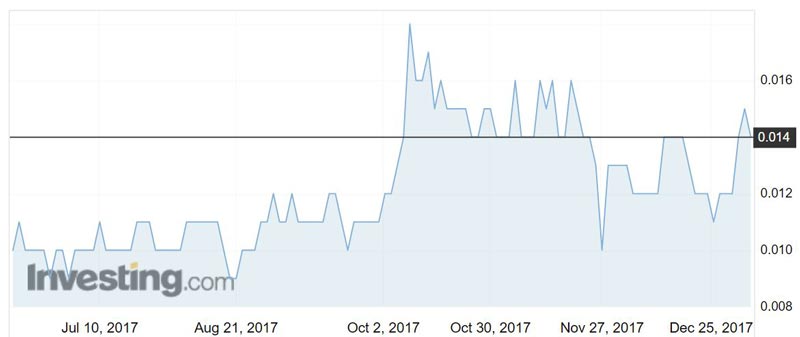Moreton may miss production target at Granite Belt silver mine

Pic: Bloomberg Creative / Bloomberg Creative Photos via Getty Images
Junior explorer Moreton Resources is not off to a good start at its controversial Granite Belt silver project.
The mine, which has previously been in the spotlight over contamination fears, has three times the amount of pond sludge initially estimated.
This will delay the commissioning of the heap leaches, which is where the bulk of the imminent production is contained, Moreton (ASX:MRV) told investors.
Shares slipped 6.7 per cent to 1.4c on the back of the news.

Granite Belt, near the town of Texas in South East Queensland, has been sitting idle since 2014 when it was abandoned after the failure of its last operator Alcyone Resources.
Since acquiring the project in 2016, Moreton has been working towards a restart of the mine.
Moreton was expecting to produce around 90,000 ounces each month by the end of January, but the company now says it will need to assess the situation in the coming weeks to ascertain if it can still meet its operational targets.
The company previously estimated the intermediate pond would have about 955 cubic meters of sediment in it. But since starting work to decant the intermediate pond into the barren pond, about 1600 cubic metres has so far been moved and there is still a further 1200 cubic metres to shift.
Moreton expects it to take another two weeks to shift the sludge and the vat leaching process will further hold up production due to the increased volume now to be treated.
The company had been planning to start pH correction efforts for heap leaches one and three in the week starting January 8.
Moreton has also found integrity issues with the liner in the intermediate pond.
Cyanide is used in the mining process to separate silver particles from ore in four large processing ponds near the site’s Twin Hills mine. Issues were raised previously about contamination of the Murray Darling water basin from mine runoff.
Although Moreton has resolved the integrity issues it has found so far, the company is wary of starting pH correction in a bid to meet its commissioning target before inspecting the rest of the pond.
“We are not prepared to operate the pond without having fully inspected and repaired any issues with the liner’s integrity once all the sediment at the bottom of the intermediate pond has been removed,” Moreton said.
There is, however, a small ray of hope stemming from the higher quantity of sludge: it may yield more silver. Moreton cautioned though that the grades may not be the same as those estimated from initial sludge samples back in April last year.
The average silver grade returned from the samples taken from the three ponds were 129 grams per tonne (g/t), 521 g/t and 537 g/t. Anything over 50 g/t is typically considered high grade.
UNLOCK INSIGHTS
Discover the untold stories of emerging ASX stocks.
Daily news and expert analysis, it's free to subscribe.
By proceeding, you confirm you understand that we handle personal information in accordance with our Privacy Policy.








